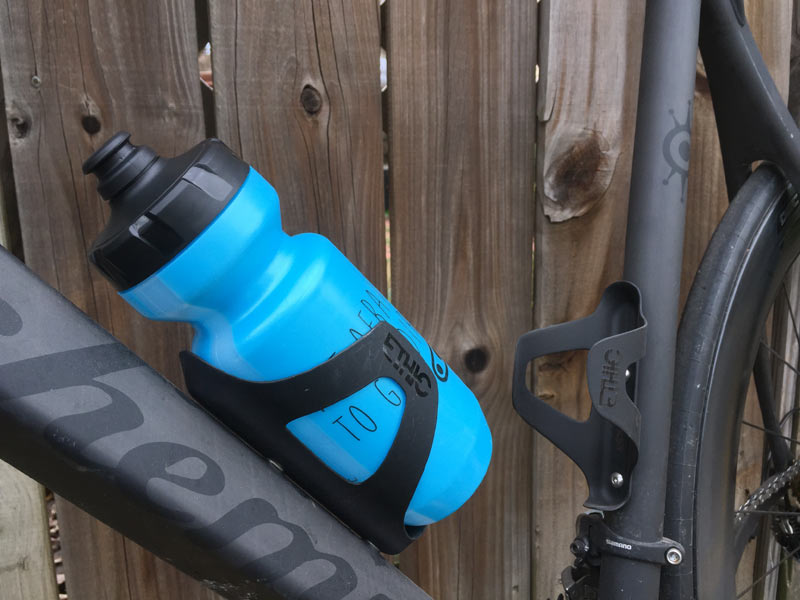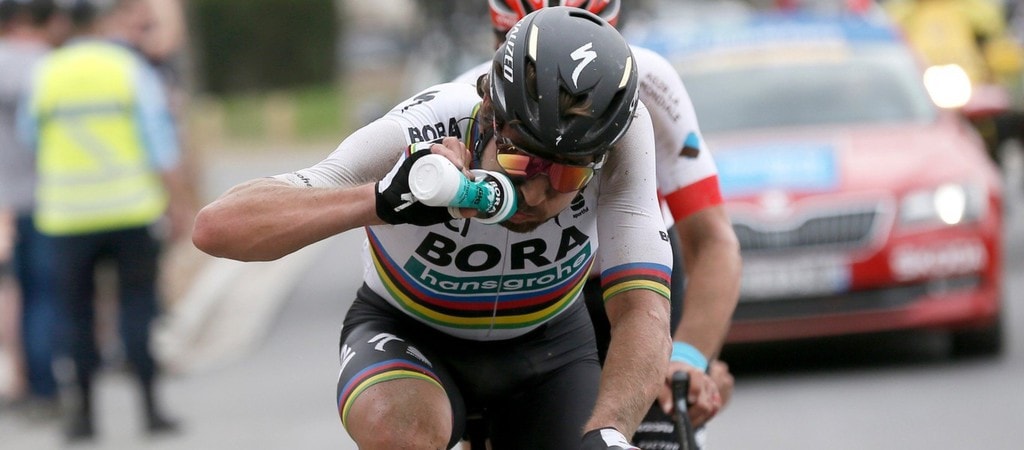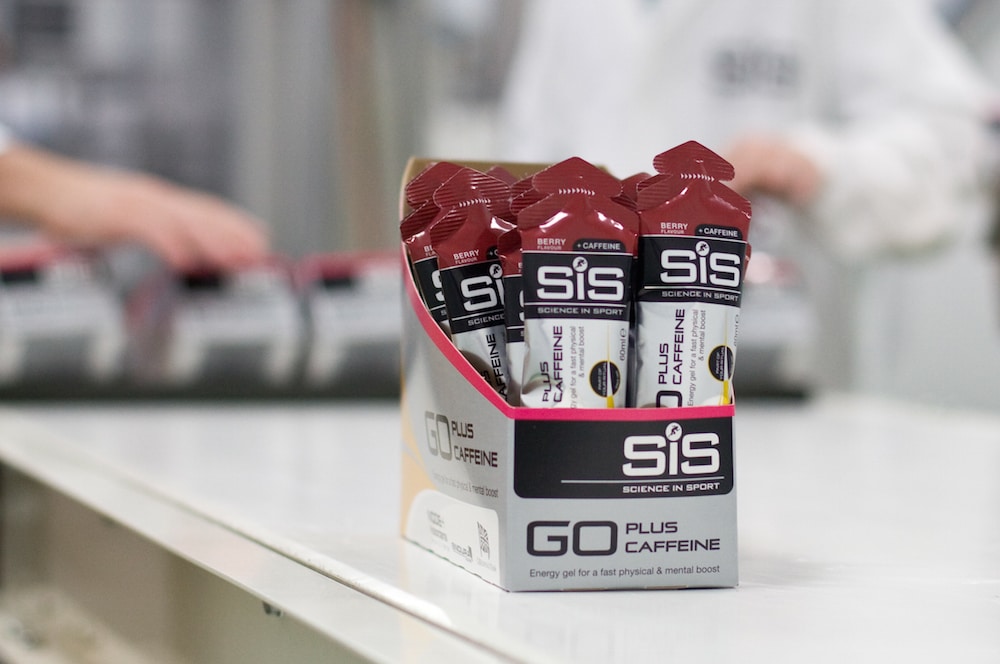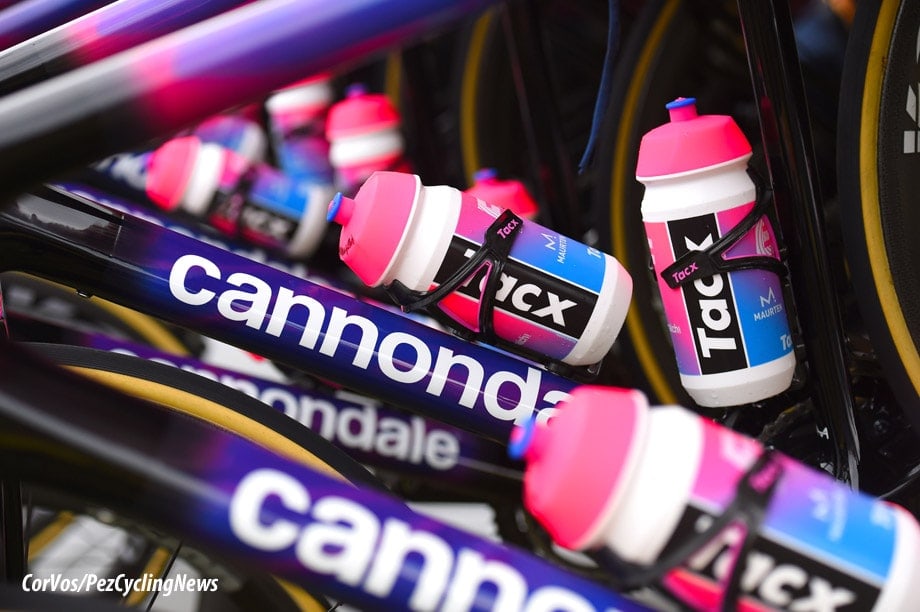The 6 Best Energy Bars for Cycling in 2020
Going for a long ride with no coffee stops to replenish your energy levels?
Take along with you some energy bars!
While bars are a great source of energy for cyclists, each of them is different. Energy bars come in all sorts of shapes and sizes, made from different ingredients, compositions, and tastes.
Ask any cyclist about their favorite energy bars and you’ll get a different answer. On this page, I’ll discuss what goes into an energy bar and share some of the popular ones around.
A Quick Glance : Our Favorite Energy Bars for Cycling
On This Page
Energy Bars Buying Guide
With all the options on the market these days, trying to figure out which energy bars to take with you on your ride can be a confusing process.
We want a bar that will give us the best performance results and that tastes good too.
So let’s take a look at the things to know before buying energy bars.
Types of Energy Bars
If you walk around the supermarket, you’ll quickly notice that there are several types of energy bars.
The table below shows a general overview of the differences between each type of energy bar.
| Energy Bar Type | Calories | Protein | Carbs | Example |
|---|---|---|---|---|
| Carbohydrate | 200 to 300 | 10g | 20 to 40g | Honey Bunchies |
| Protein | 200 to 250 | 20g | 20 to 25g | Pure Protein Bar |
| Meal Replacement | 300+ | Yes | 30 to 50g | MET-Rx |
Carbohydrate Bars
The goal of carbohydrate bars is to give you as much energy as possible as quickly as possible and in as small a package as possible.
Most carbohydrate bars such as the Powerbar and SIS will give you around 20g of carbs per ounce mostly in the form of sugars such as fructose and glucose.
Carbohydrate bars generally have between 200 and 300 calories per serving.
These bars offer lower levels of protein (usually less than 10g). This is for a good reason.
Your body can turn carbs into energy much more quickly than protein. Ingesting too much protein with your carbs will slow this process down leading to an energy drain. Unless you’re going on a longer ride you won’t need protein until after your ride is over.
Protein Bars
As cyclists, we mostly think of protein as something that’s important after the ride is over.
And for the most part that’s true.
Protein helps to rebuild muscle tissue, preparing you for the next ride.
But if you’re in the saddle for more than three hours, you’ll need protein before getting off the bike.
When you’re on the bike, protein slows digestion by lowering the glycemic index of foods. This forces your body to use more fat for energy, helping your body to avoid blood sugar spikes that result in the dreaded bonk.
Meal Replacement Bars
These bars take nutrition to another level and therefore need to be held to higher standards.
After all, they’re replacing an actual meal. To qualify as a meal replacement bar, a bar needs to offer at least 300 calories and include real food ingredients such as fruits, nuts, vegetables, and whole-grain oats.
These bars should include healthy doses of carbs, fiber, and protein.
Energy Bar Ingredients
Energy bars use a variety of different ingredients, some good and some bad, to deliver the large amounts of carbohydrates and proteins they advertise on their labels.
Healthy ingredients include nuts and seeds, which are good sources of fiber and protein, whole grains, which provide carbohydrates and fiber, and natural sweeteners in the form of dried fruits such as dates and raisins.
The not-so-good ingredients include plain old sugar (the white and corn syrup kind), partially-hydrogenated oils, which are the dreaded trans fats that cause all sorts of health problems, and a whole array of artificial ingredients that are used for coloring, flavoring, preservatives, and sweeteners.
Taste
If you’ve never heard the old cycling adage if you’re hungry, it’s too late, then it’s time you learned it now.
For peak performance, you need to eat on a schedule. If you wait for your body to communicate to your brain that it’s time to eat, then it means you’re already out of fuel. At that point, it’s too late to replace those carbs before you experience an energy crash.
This means you need to eat before you feel hungry. It’s a heck of a lot easier to do that with a bar that tastes good than with one that you have to choke down.
Fortunately, energy bar makers know this, so they give you a whole host of flavor options, including everything from chocolate to pumpkin pie to oatmeal raisin, and even vegan varieties.
For example, the SIS bars come in 5 different flavors, while the Clif Bar has 12 different flavors to choose from!
Energy Bars vs Real Food
In a perfect world, there would be an energy bar that provides you with the right nutrients for peak performance and tastes exactly like pizza.
Despite all the efforts bar makers put into making a palatable bar, an energy bar will never be quite like real food.
That said, these same bar makers have spent millions of dollars to create easily digestible bars that will provide maximum energy transfer into your system. For example, RXBAR uses egg whites, dates and nuts as their ingredients to their bars, avoiding preservatives and fillers.
Real food also presents a convenience issue.
Whereas energy bars are designed to be eaten while riding, there are few real food options out there that allow you to comfortably and safely ride and eat. With this in mind, bars, along with energy gels and energy drinks, are your only option when it comes to races or those competitive Sunday morning club rides.
That’s not to say there is no place for real food.
The strong taste of energy bars can become nauseating during a long ride. For those rides with planned stops, bananas, apples, peanut butter packs, and even a turkey sandwich will provide you with plenty of energy and a meal you’ll enjoy.
And, of course, one of the best parts of cycling is the guiltless eating of carb and protein-rich real foods once the day is done. Feel free to gorge on real food after a long day in the saddle. The protein and calories in real food are an essential part of your body’s recovery.
Value for Money Energy Bars
Powerbar Performance Energy Bar
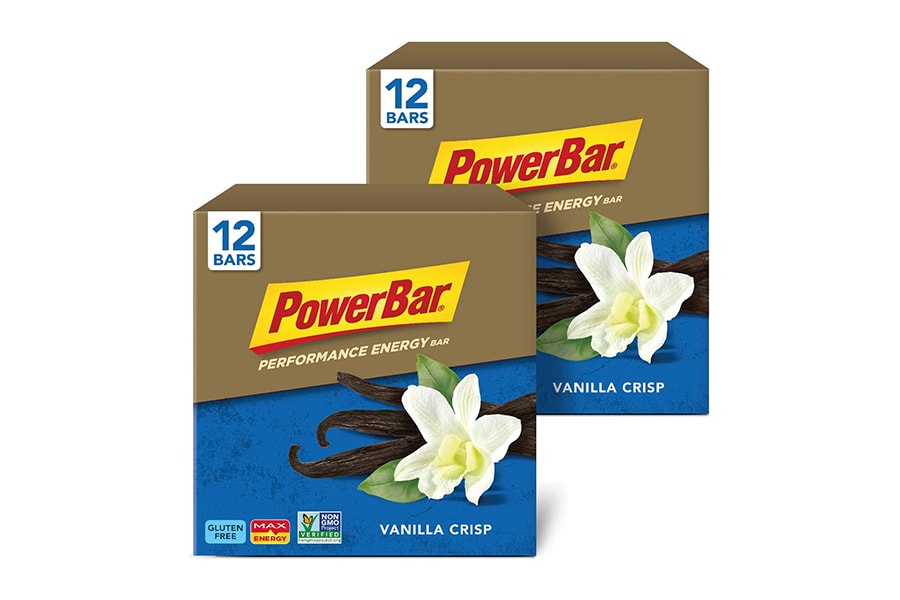
Along with Clif Bars, Powerbars are perhaps the most well-known energy bars on the market.
PowerBar has been making energy bars since they launched out of founder Brian Maxwell’s kitchen back in 1986.
The Performance Energy Bar offers excellent value with a whopping 46g carbs in a 65g bar. The bar’s carbs are from a 2:1 glucose to fructose blend, which the company claims provides more energy to muscles than glucose alone.
RXBAR
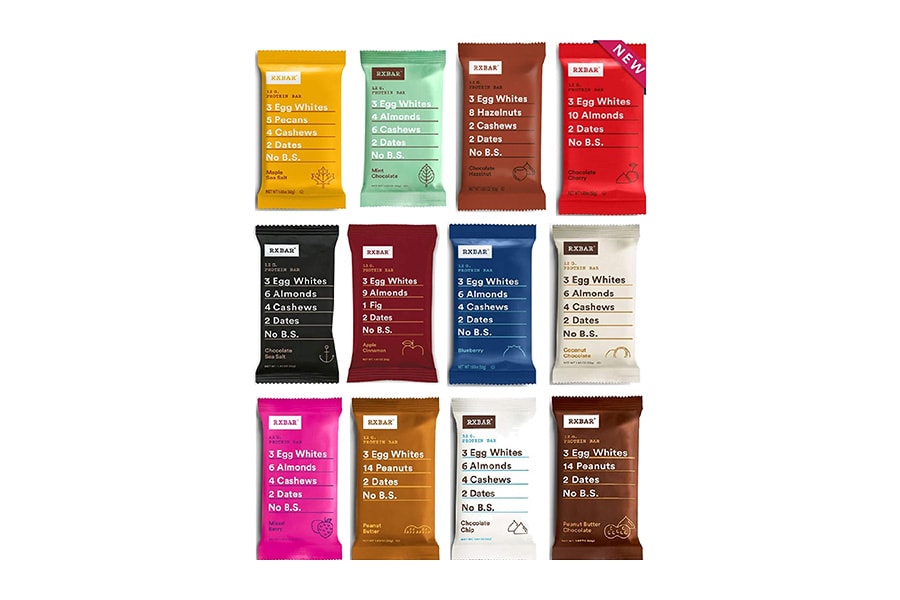
NO B.S. is printed on the front of each energy bar this company puts out. This statement pretty much spells out what RXBARs is all about.
These bars, which come in 12 different flavors, are made with whole food ingredients including egg whites, dates, and nuts. You don’t even need to get out your reading glasses to see what’s in each bar as the ingredients are printed in large font on the front of each package along with its No B.S. guarantee.
RXBAR says its bars are gluten-free, dairy-free, and include no soy, artificial flavors, added sugar, preservatives, or fillers.
Tasty Energy Bars
Honey Bunchies Gourmet Honey Bar
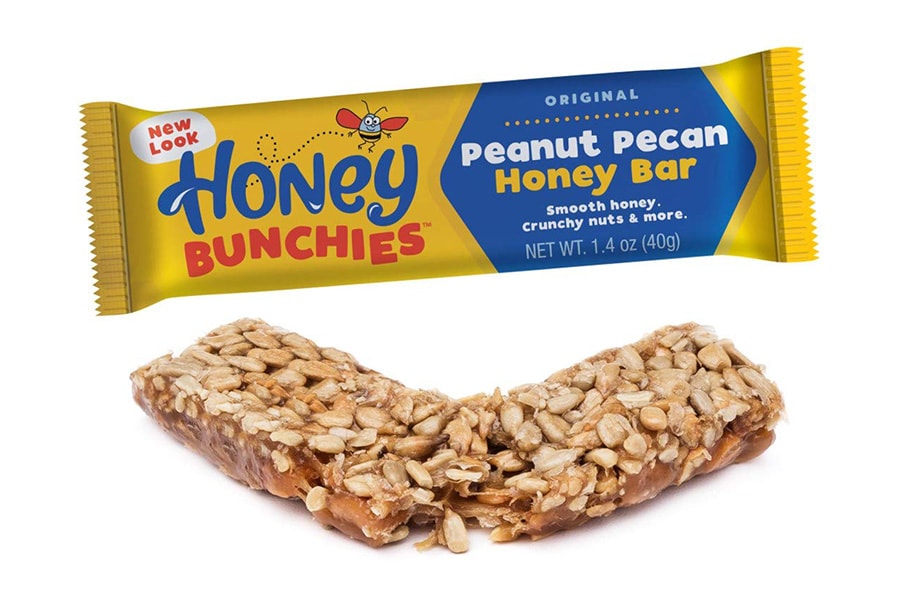
Conceived from a man’s desire to duplicate his wife’s lost recipe for honey bars, these power bars might just be the best tasting things you can stow in your riding jersey. Honey Bunchies are made from honey, milk, butter, and a mix of nuts and seeds.
The bars are grain-free, gluten-free, and soy-free with no added sugar. Each 1.4oz bar provides 19g of carbohydrates, 2g of dietary fiber, and 3g of protein.
The honey provides a quick boost of energy while the nuts and seeds provide a longer-lasting energy source.
At 190 calories, these Honey Bunchies bars are one of the healthier options on the market.
Science In Sport
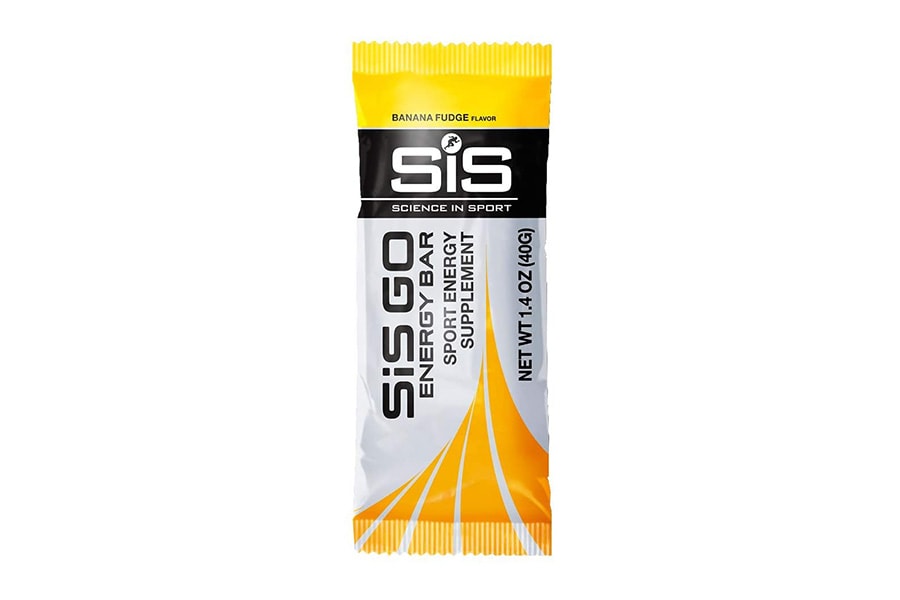
Tired of bland tasting energy bars?
Want an energy bar with a great variety of flavors to choose from?
Check out these carbohydrate endurance snack bars from Science In Sport, a company that specializes in sports nutrition.
These bars come in such enticing flavors as apple & black currant, blueberry, banana fudge, chocolate fudge, and red berry. Each bar has 23g of carbohydrates and 5g of protein.
That’s a lot for a bar that’s less than 1.5oz!
Energy Bars for Vegans
Clif Bar Energy Bar
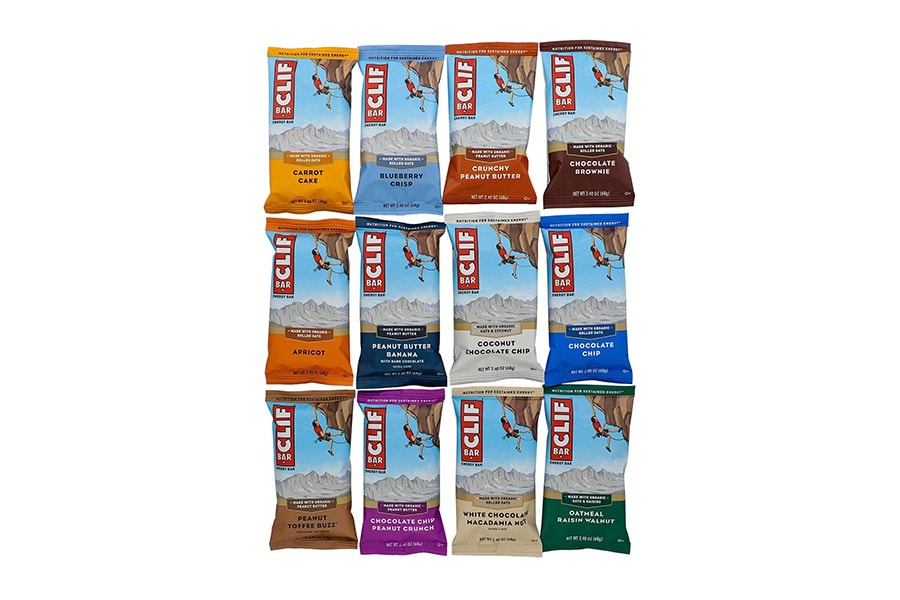
Clif Bar’s commitment to organic ingredients and aversion to trans fats, there are none in this bar, make it a great choice for those looking for vegan energy bars.
Clif Bar boasts 70% organic ingredients, which includes such whole foods as rolled oats, dried fruits nuts, and sunflower seeds. Each 260 calories Clif Bar includes 18g of carbohydrates and 9g of protein.
Clif Bar also offers some of the most flavor options of any energy bar. Clif Bar flavors include carrot cake and chocolate almond fudge.
Skratch Labs Anytime Energy Bar
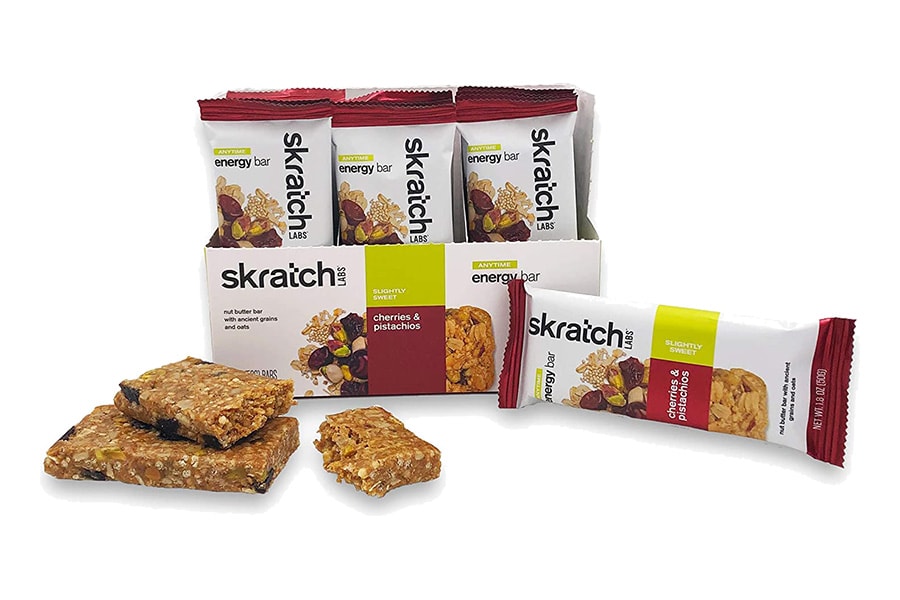
Is it too much to ask for an energy bar that is gluten-free and vegan?
The folks at Skratch Labs, a company started by a pro cycling coach that wanted a natural bar for his cyclists, don’t think so. This company has developed a bar that is devoid of grains, meat, and dairy.
The Anytime Energy Bar uses nuts, seeds, quinoa, and oats to deliver 27g of carbohydrates and 5g of protein in a 50g bar. This is impressive considering the bar only includes 4g of sugar.
The Anytime energy bar has 210 calories.
Kelly Lynton
The post Best Energy Bars for Cycling : Our Picks and Reviews appeared first on The Geeky Cyclist.

